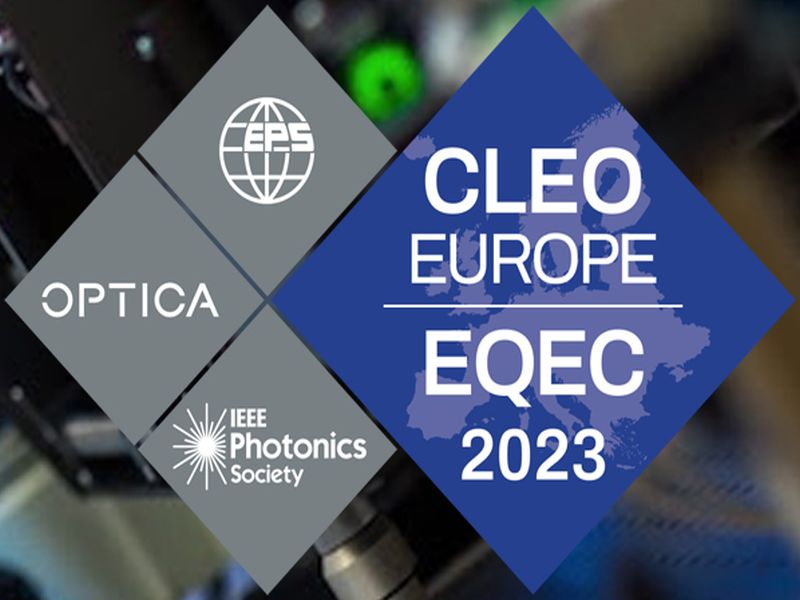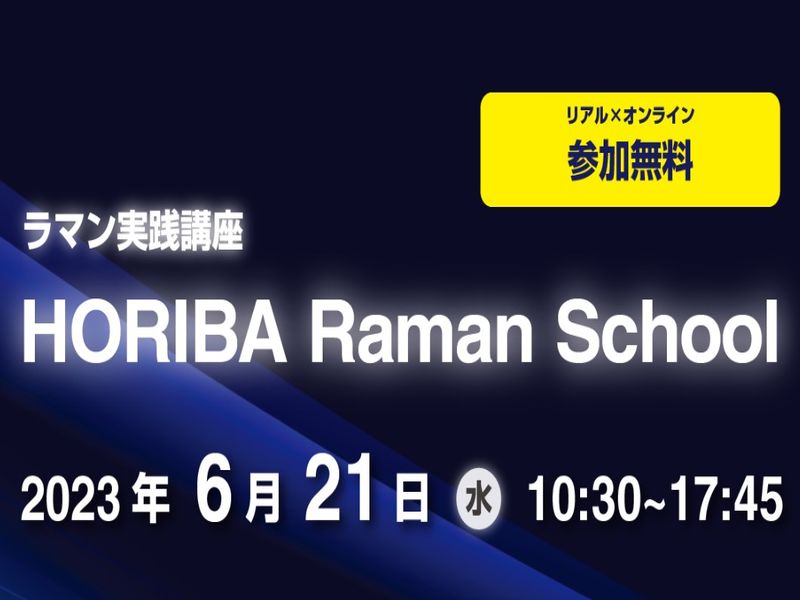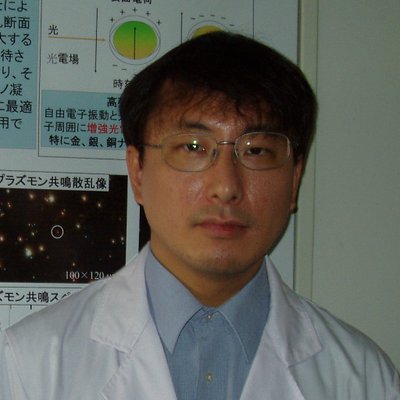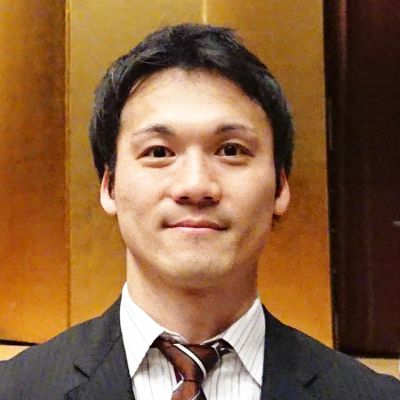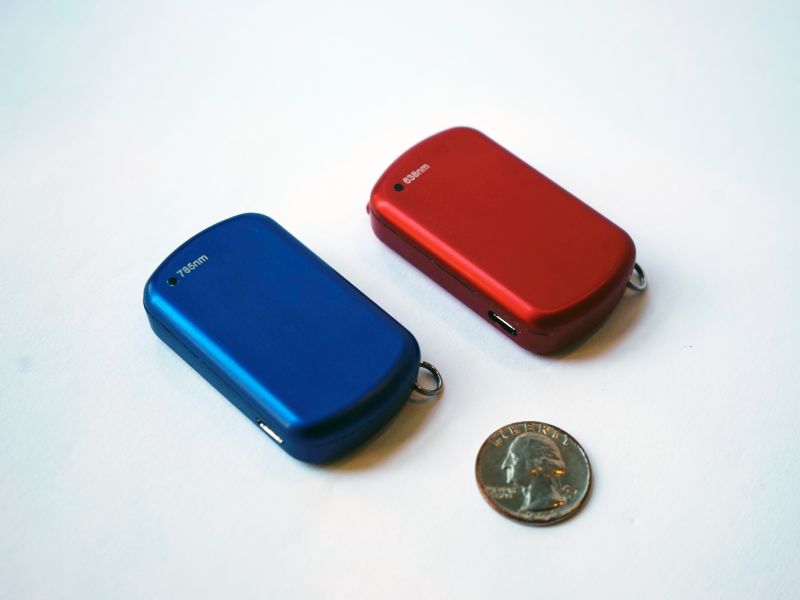Sense the future
We offer rapid, label-free, and highly sensitive chemical sensing solutions leveraging our cutting-edge surface-enhanced Raman spectroscopy (SERS) technology. These versatile sensors cater to a broad spectrum of uses such as pharmaceutical research, food quality assurance, environmental surveillance, the identification of infectious diseases, pathological analysis, forensic investigations, and beyond.
Since its inception in the 1970s, SERS has established itself as an effective method for sensitive, label-free chemical analysis, capitalizing on molecular vibration measurements in test samples. Boasting a more compact design, ease of use, and cost-effectiveness, SERS stands out against traditional analytical techniques such as X-ray diffraction, nuclear magnetic resonance spectroscopy, and mass spectrometry. SERS provides several orders of magnitude higher sensitivity than inherently weak Raman scattering by exciting localized surface plasmon resonance on metal substrates. Nonetheless, SERS's full potential has historically been undermined by inconsistent sensing results.
Our innovative approach to SERS confronts this longstanding issue head-on, enhancing the technology to deliver unparalleled measurement consistency and reliability. This leap forward propels SERS into new frontiers across various sectors, including industry, healthcare, and defense, thus paving the way for groundbreaking advancements in chemical detection and analysis. We are proud to be at the forefront, channeling these pivotal innovations directly to you.
Technology
Our unique products are based on innovative SERS technology developed at the University of Tokyo. Read related papers about the technology.
Prussian blue nanoparticles for SERS
Defect-engineered coordination compound nanoparticles based on Prussian blue analogues for SERS
Carbon nanowires for SERS
A nanostructure composed of porous carbon nanowires with high chemical enhancement, high sensing reproducibility, high durability, and high surface homogeneity
Flexible/wearable SERS with gold
An ultrathin, bio-integretable gold nanomesh with high Raman signal enhancement and high sensing reproducibility
Flexible/wearable SERS with silver
An ultrathin, broadband-capable silver nanomesh with high Raman signal enhancement and high sensing reproducibility
Place & Play SERS
A highly simple, label-free sensing scheme without the need for sample collection and preparation
News
Find the latest news about our publications, fundraising, partnership, etc.
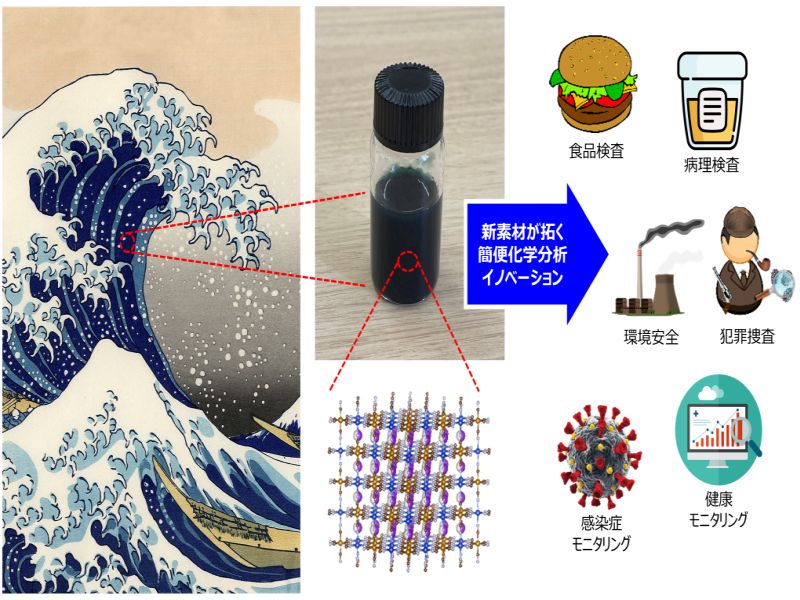
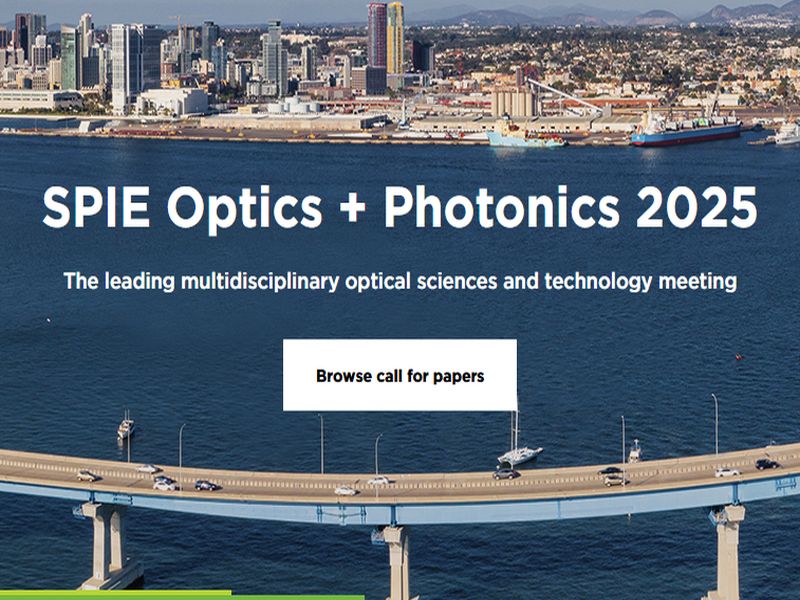
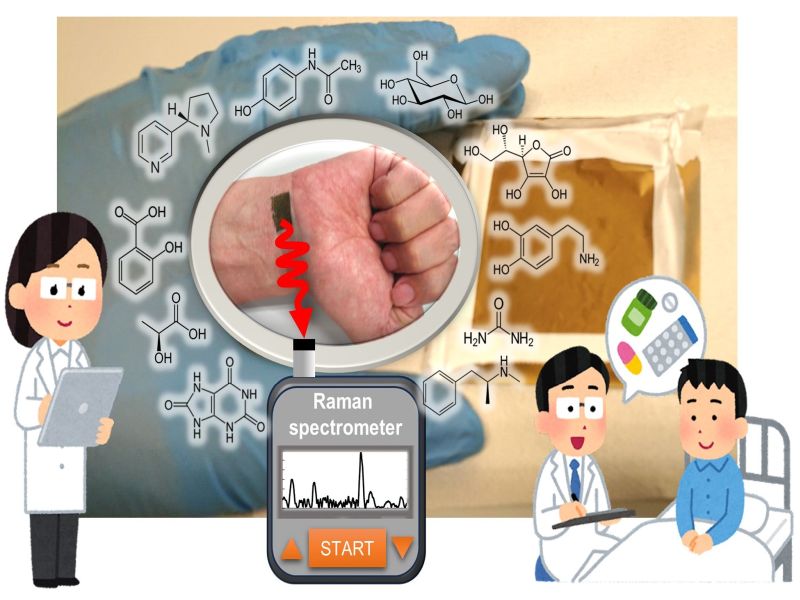
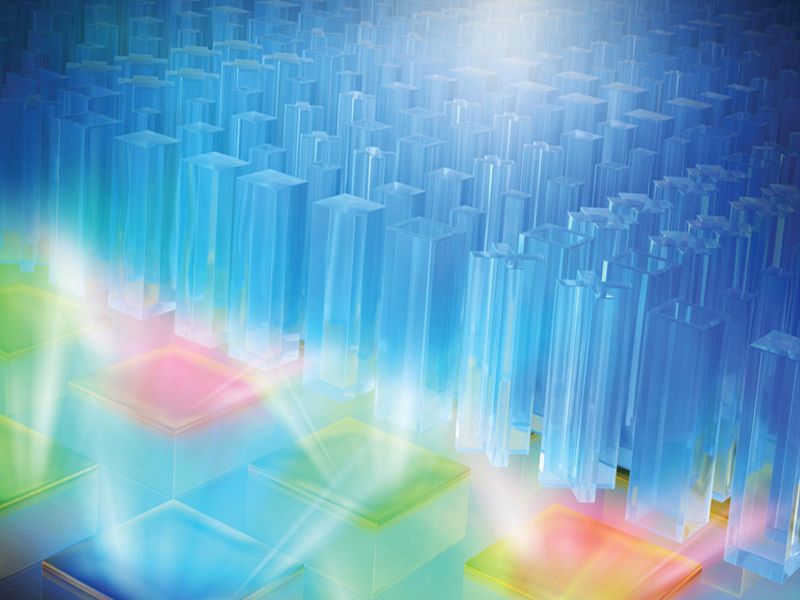
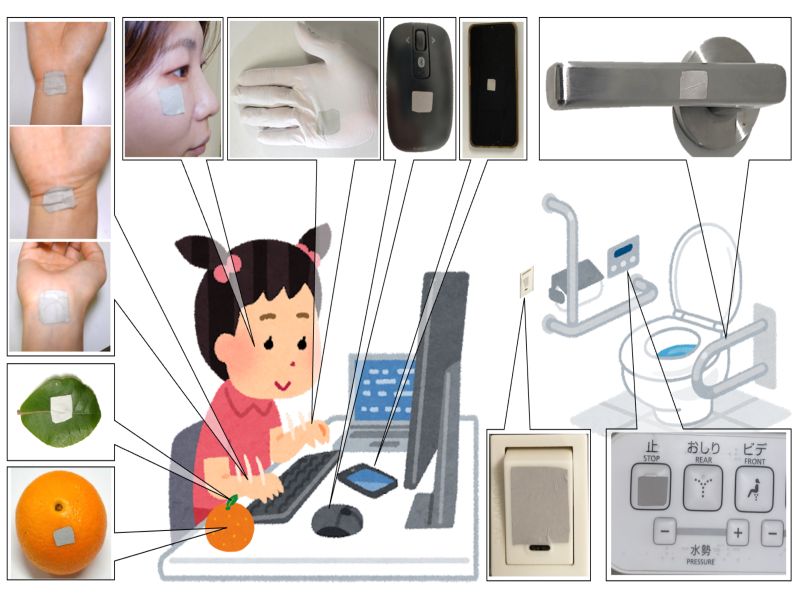
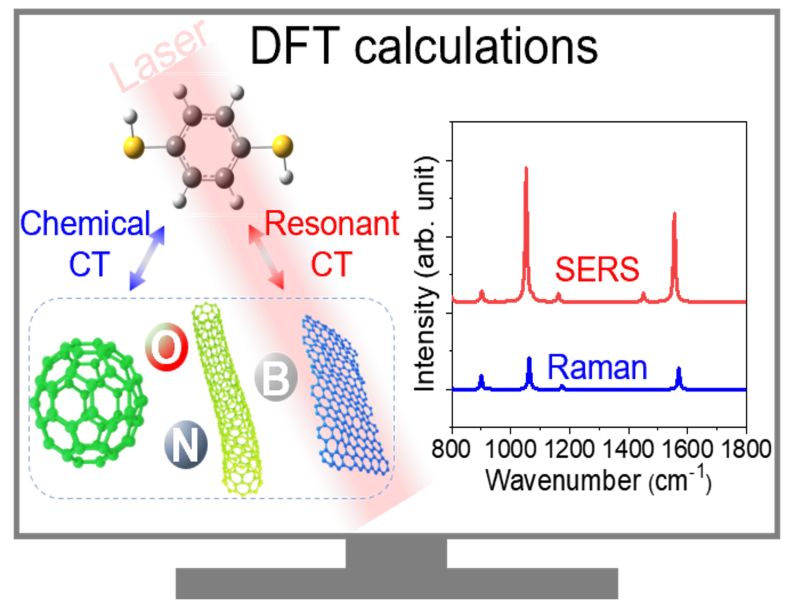
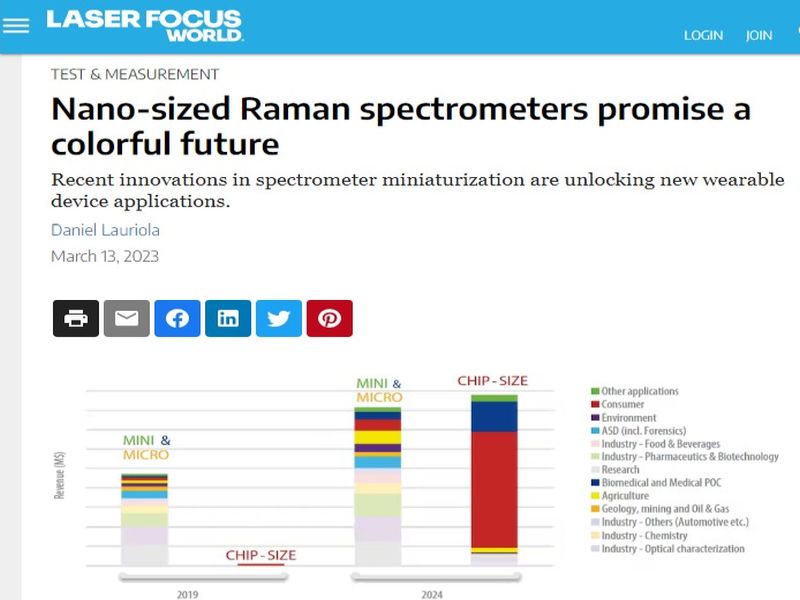
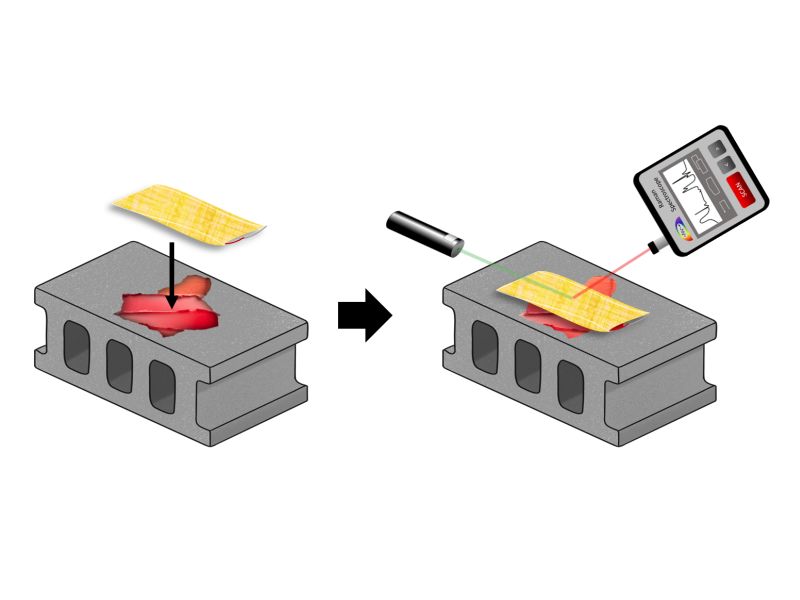
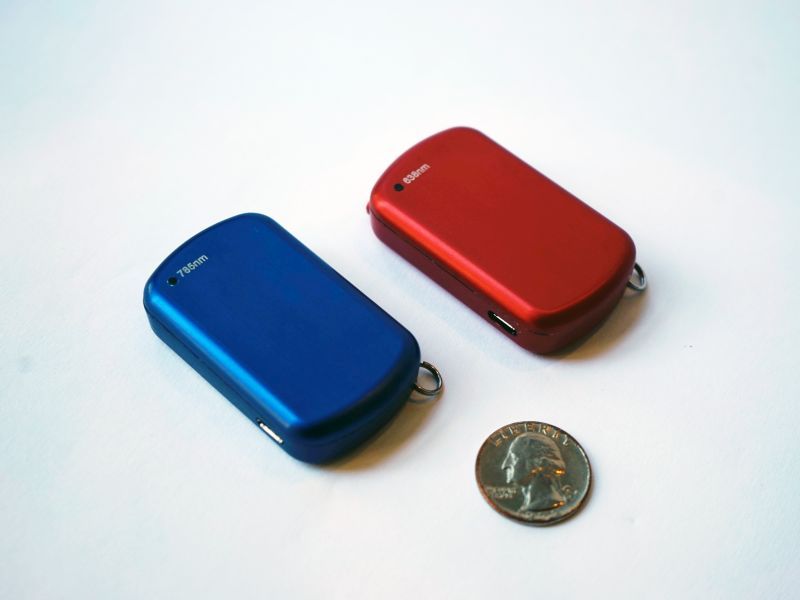
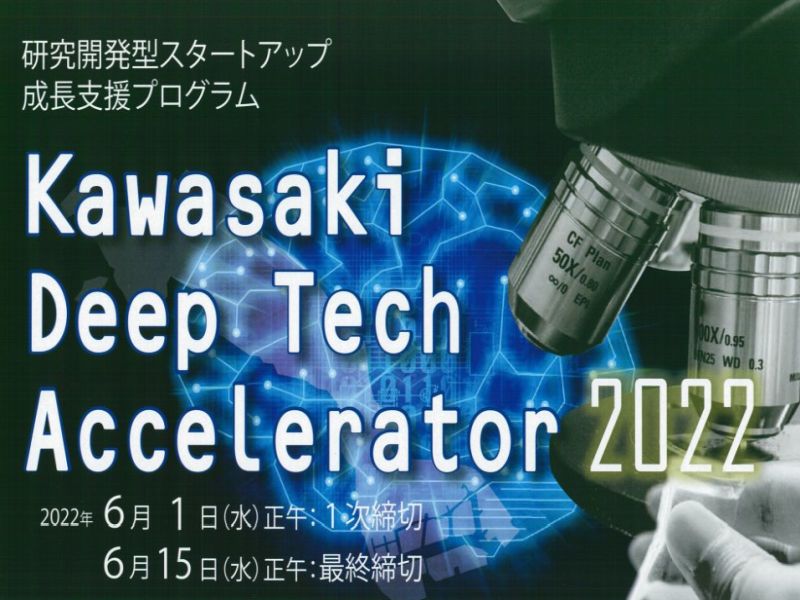

What is SERS?
SERS (Surface-Enhanced Raman Spectroscopy) is a sensitivity-enhanced version of Raman spectroscopy, a laser-based method for label-free chemical analysis. Its primary advantage over other analytical methods is extreme simplicity. Simply irradiate the sample with light and detect the scattered light. That will tell you what is in the sample.
When a sample is irradiated with light, the light is scattered at a different wavelength from the incident light due to the inherent molecular vibration of the molecules in the sample. This effect is called Raman scattering (C. V. Raman received the 1930 Nobel Prize in physics for his discovery of the effect). The scattered light is detected and measured to identify the molecules in the sample. This analytical method is called Raman spectroscopy. Compared to other analytical methods such as fluorescence detection, X-ray analysis, NMR analysis, and mass spectrometry, Raman spectroscopy is very simple and does not require prior knowledge of the composition of the sample, but it suffers from low sensitivity because only one out of a million incident photons is Raman-scattered. SERS solves this low-sensitivity problem by placing the sample on a metal nanostructure, where the interaction of the incident light with the metal nanostructure causes an electromagnetic-field enhancement due to an effect called localized surface plasmon resonance, which greatly enhances the Raman-scattered light by several orders of magnitude or higher and is used to identify molecules in the sample with high sensitivity.

Products
Our specialized SERS offerings are tailored to your individual chemical analysis requirements. The standout feature of our SERS products is their exceptional measurement reproducibility, ensuring consistent and reliable results. Additionally, we supply compact, portable Raman spectrometers that perfectly complement in situ SERS analyses. For those new to SERS or Raman spectroscopy, we suggest starting with one of our combined sets, which includes a SERS product and a portable Raman spectrometer. This pairing is all you require to harness the full capabilities of SERS technology, providing a seamless and efficient analysis experience.
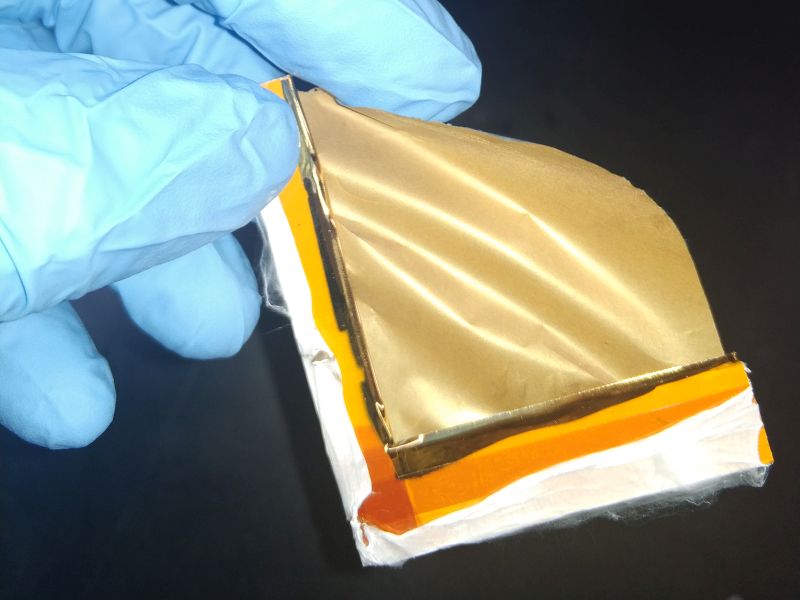
LL-GN-01: Gold Nanomesh SERS Sheet (Large)
World's first ultrathin, stretchable, bio-integretable flexible/wearable SERS sheet with strong electromagnetic enhancement (large area)

LL-GN-02: Gold Nanomesh SERS Sheet (Small)
World's first ultrathin, stretchable, bio-integretable flexible/wearable SERS sheet with strong electromagnetic enhancement (small area)
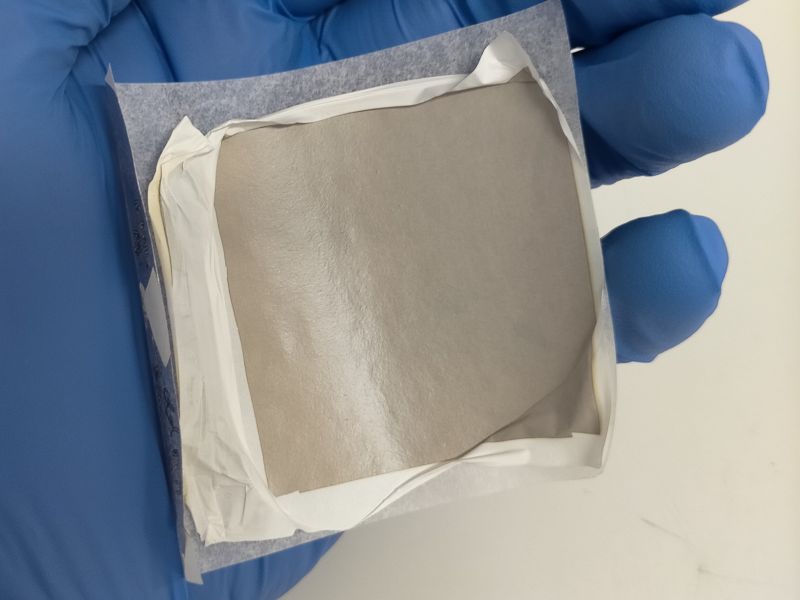
LL-SN-01: Silver Nanomesh SERS Sheet (Large)
World's first ultrathin, stretchable, ultrabroadband-capable flexible/wearable SERS sheet with strong electromagnetic enhancement (large area)
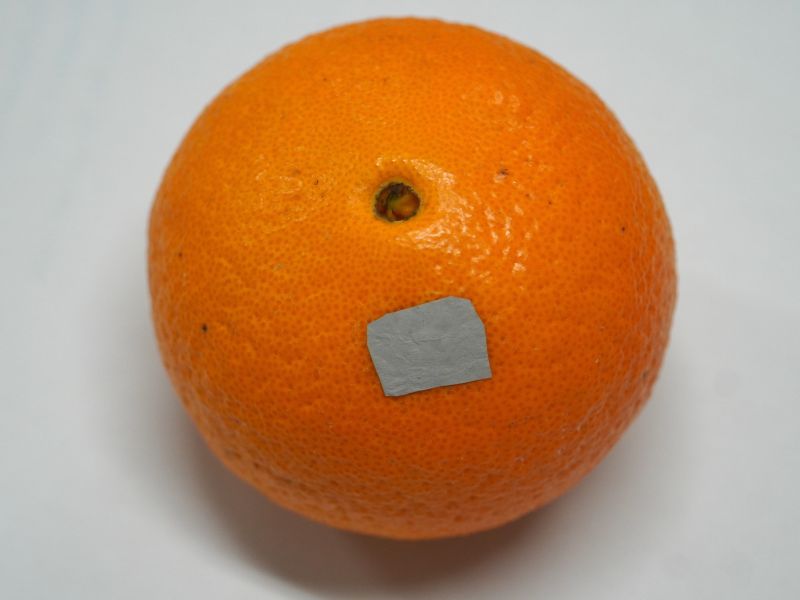
LL-SN-02: Silver Nanomesh SERS Sheet (Small)
World's first ultrathin, stretchable, ultrabroadband-capable flexible/wearable SERS sheet with strong electromagnetic enhancement (small area)
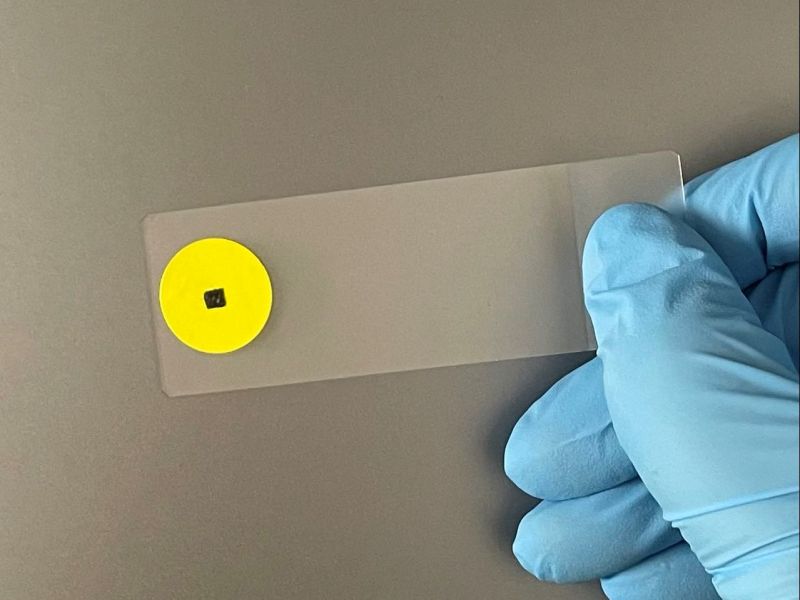
LL-CP-01: Conducting Polymer SERS Substrate
World's first non-metal SERS substrate with high sensing reproducibility, high bio-compatibility, high durability, and strong chemical enhancement
Team
We are a mixture of talented managers, scientists, and engineers to respond to your chemical sensing needs.
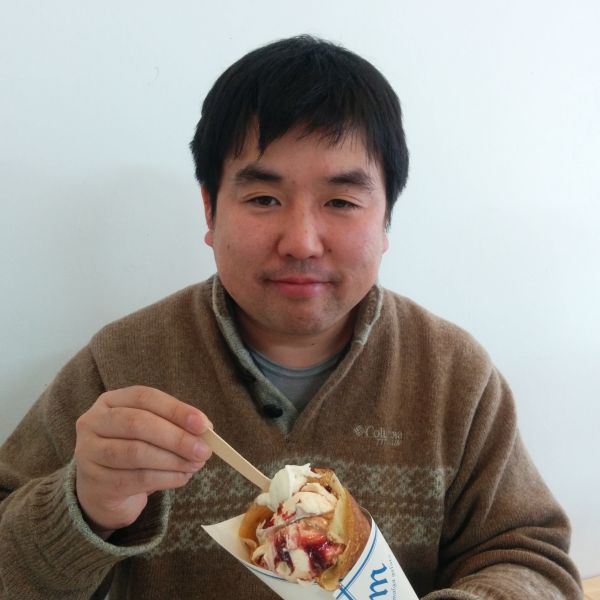
Tetsuro Furuya
Chief Executive Officer & Co-Founder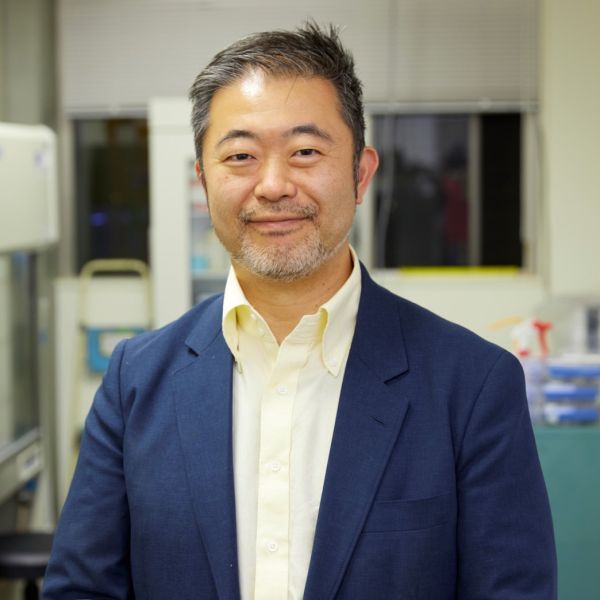
Keisuke Goda
Chief Scientific Officer & Founder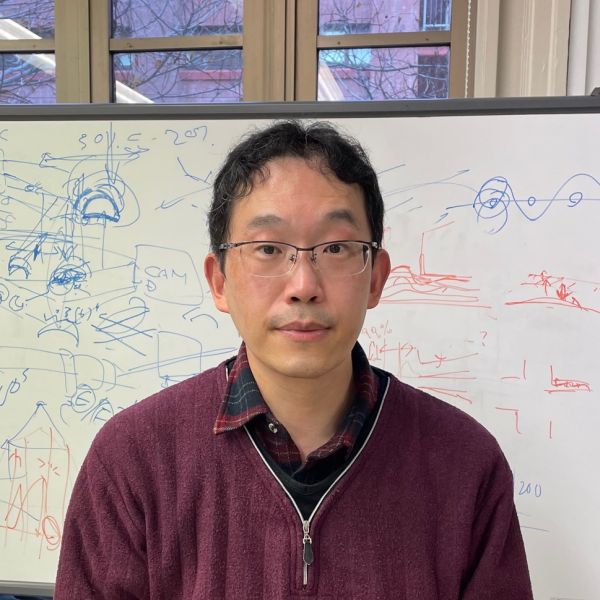
Yasutaka Kitahama
Engineer
Ting-Hui Xiao
Technical Advisor
Prabhat K. Dwivedi
Technical AdvisorApplications
Our unique SERS technology enables a new class of sensing applications.
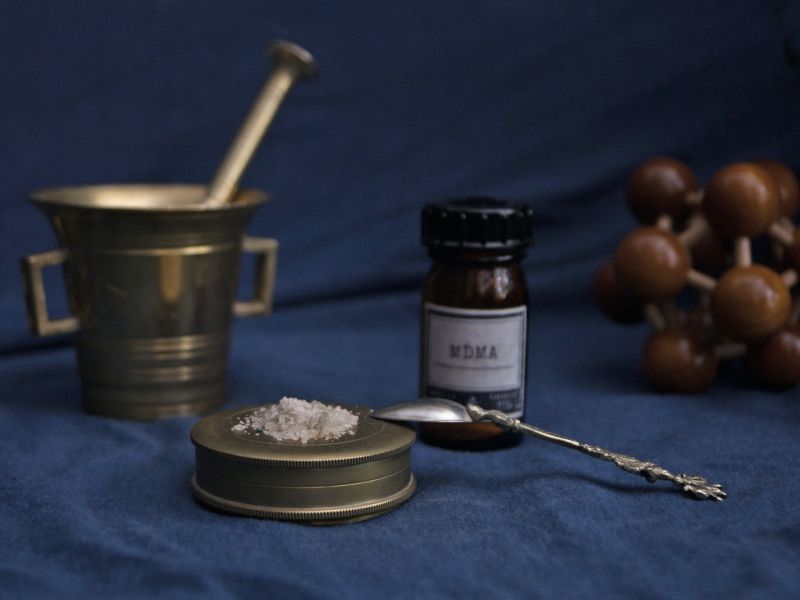
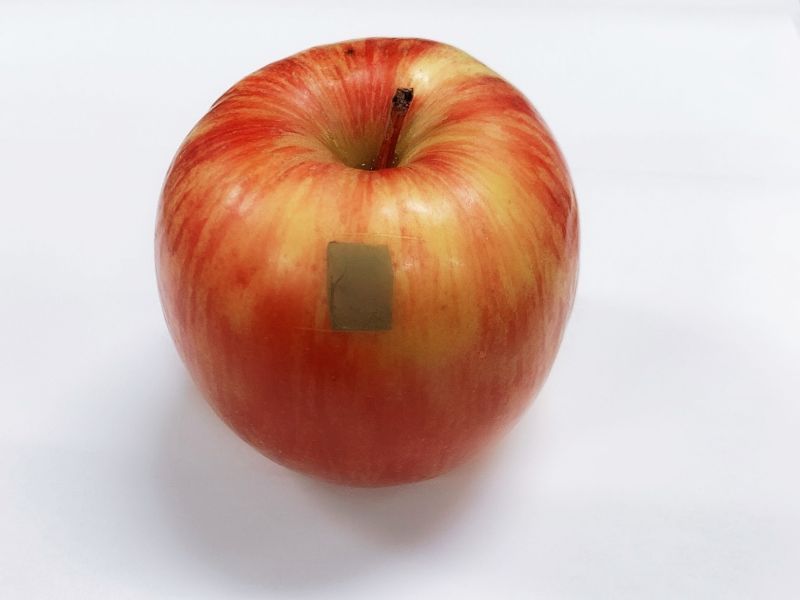
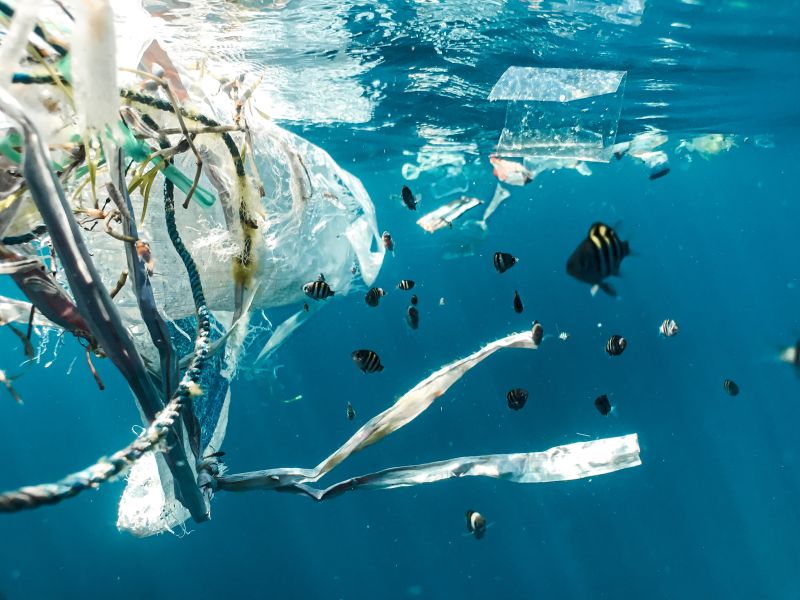
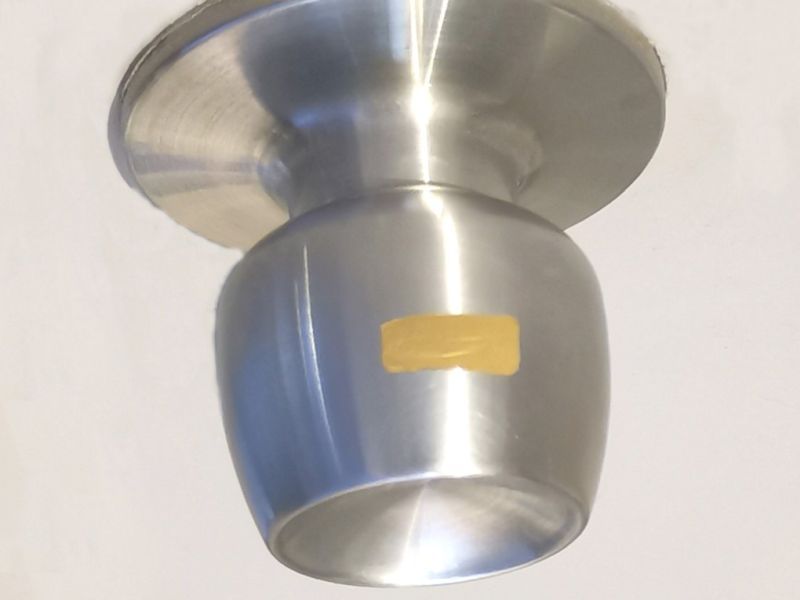
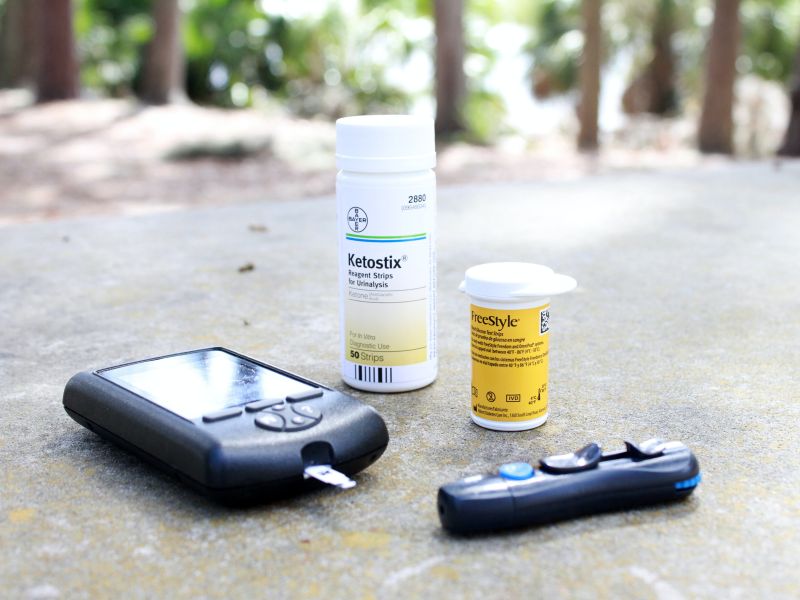
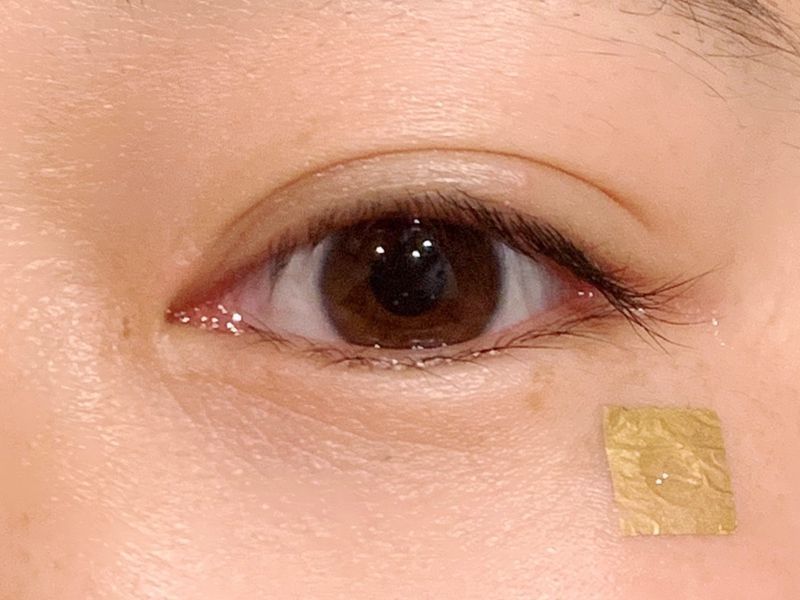
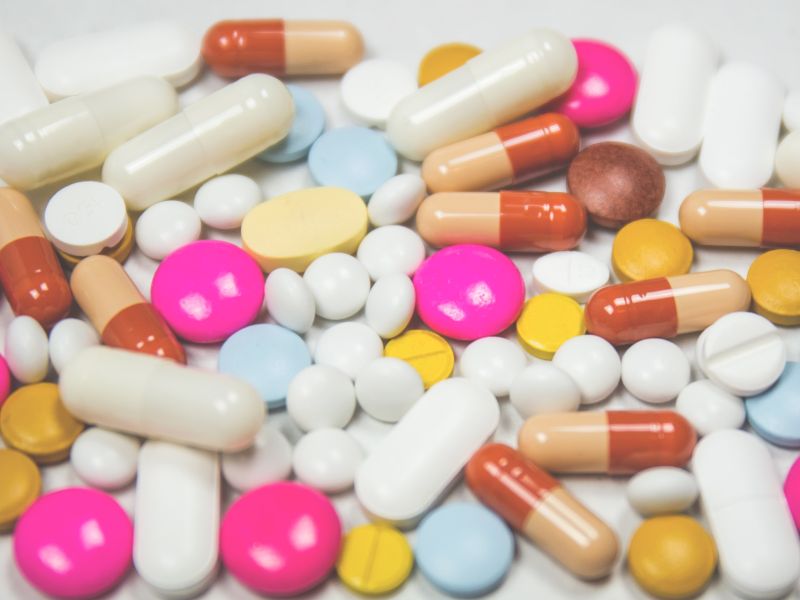

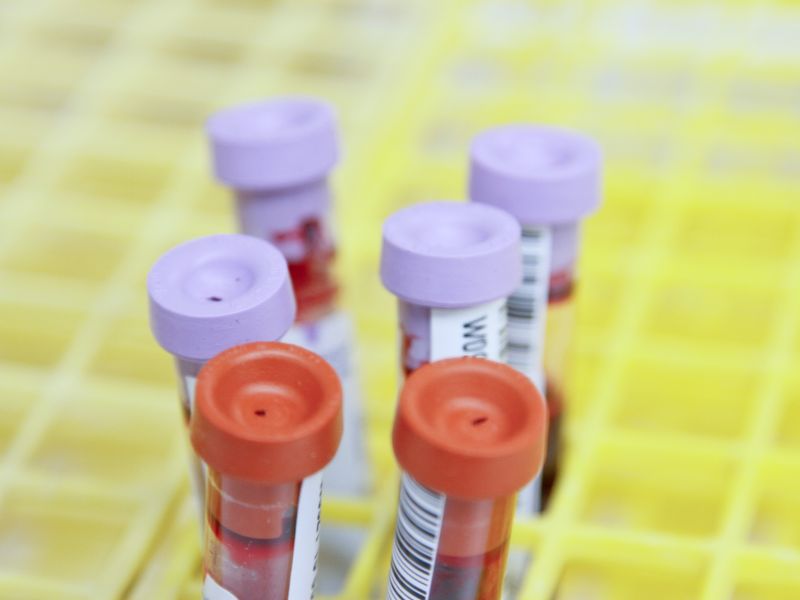
Contact
Send us an e-mail, give us a call, or visit us if you have any questions about our technology or products.
Headquarters:
LucasLand, Co. Ltd.
2-3-10 Mukogaoka
HiRAKU Gate
Bunkyo City, Tokyo 113-0023
Japan
R&D Center:
LucasLand, Co. Ltd.
7-3-1 Hongo, Room 206
Molecular & Life Innovation Building
Bunkyo City, Tokyo 113-0003
Japan
